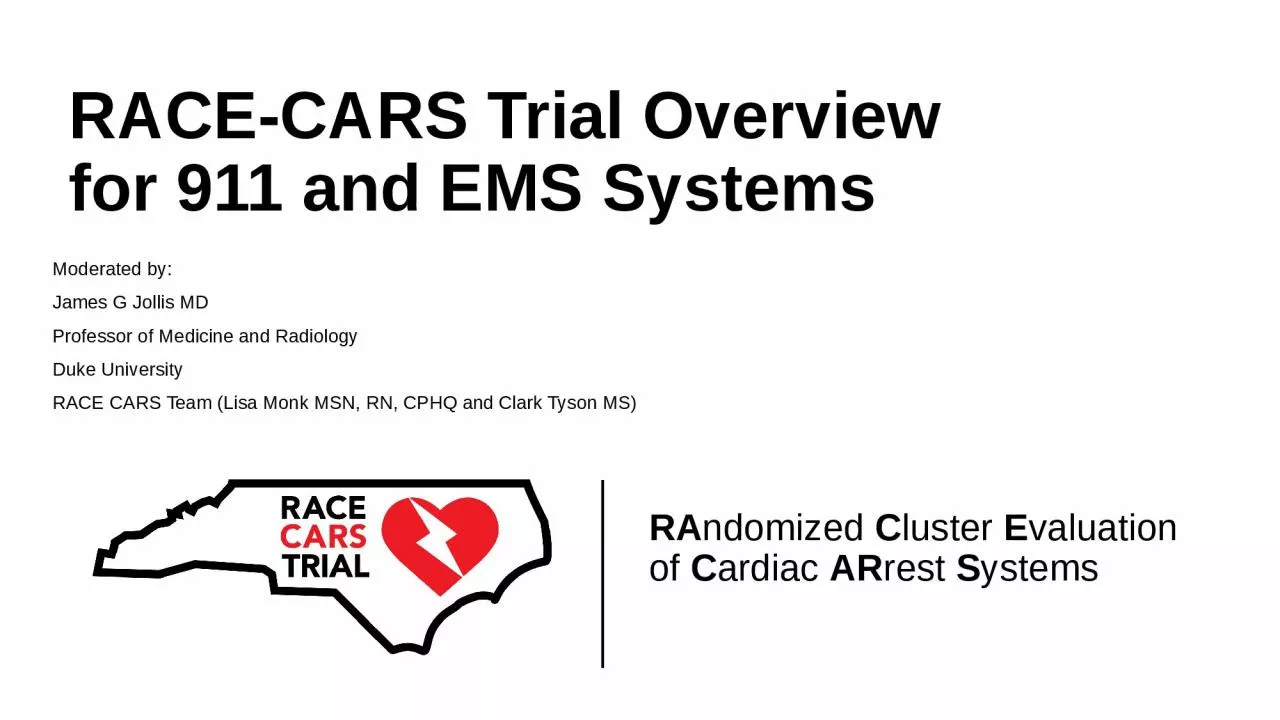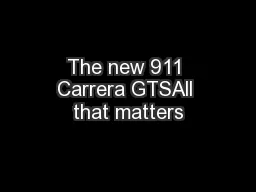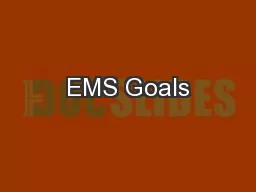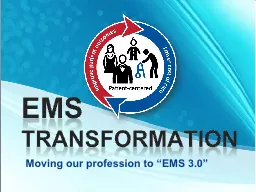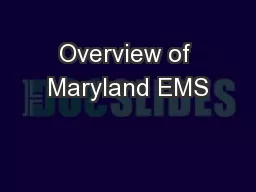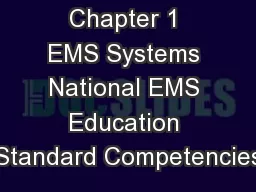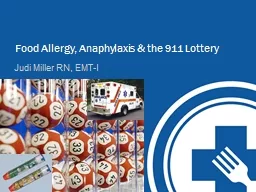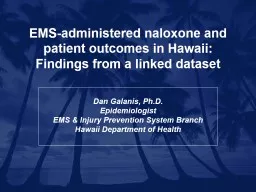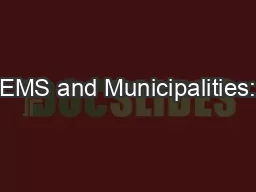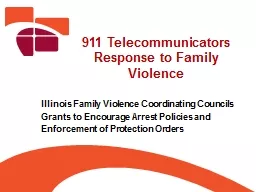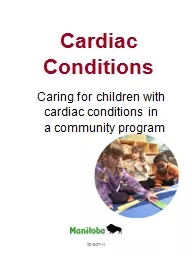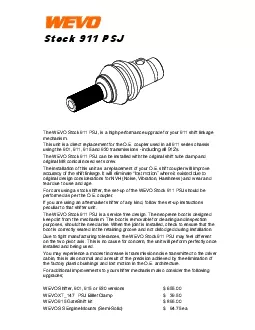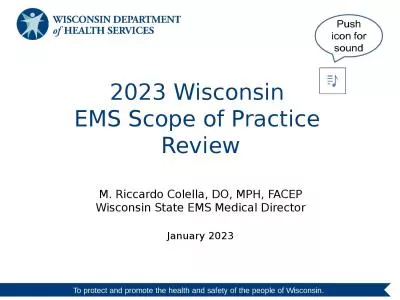PPT-RACE-CARS Trial Overview for 911 and EMS Systems
Author : jasmine | Published Date : 2024-01-29
Moderated by James G Jollis MD Professor of Medicine and Radiology Duke University RACE CARS Team Lisa Monk MSN RN CPHQ and Clark Tyson MS Objectives Discuss changes
Presentation Embed Code
Download Presentation
Download Presentation The PPT/PDF document "RACE-CARS Trial Overview for 911 and EMS..." is the property of its rightful owner. Permission is granted to download and print the materials on this website for personal, non-commercial use only, and to display it on your personal computer provided you do not modify the materials and that you retain all copyright notices contained in the materials. By downloading content from our website, you accept the terms of this agreement.
RACE-CARS Trial Overview for 911 and EMS Systems: Transcript
Download Rules Of Document
"RACE-CARS Trial Overview for 911 and EMS Systems"The content belongs to its owner. You may download and print it for personal use, without modification, and keep all copyright notices. By downloading, you agree to these terms.
Related Documents

